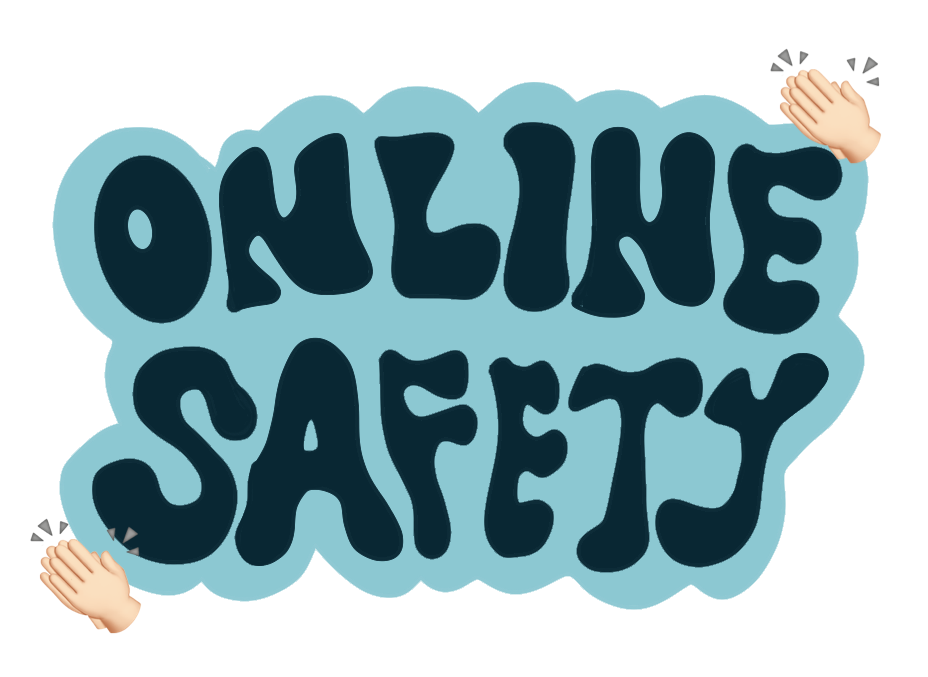Social Media Safety 101: Recognizing and Fighting Online Sex Trafficking
Imagine being on social media. Whether you’re using Snapchat, Instagram, Twitter or another app, you’re probably seeing different versions of the same things over and over again: photos of friends and family, LOL-worthy memes, the newest viral dance routine, and perhaps an inspirational quote or a celebrity vacation picture here and there.
In the midst of the monotony, a notification pops up. A new DM? You open up your messages, but it’s someone you don’t know. Or maybe they’re a friend of a friend that’s a little older than you. Either way, you message back. After all, they’re just your type and they seem nice enough.


One DM turns into dozens and before you know it, you’ve been chatting for weeks. And not just small talk—deep stuff! You feel close to this person even though you’ve had little to no human contact with them and none of your other friends know them.
After a while, things escalate. They might ask you to exchange nudes. Or perhaps they ask for your address to send you a gift. You might feel a little weird about these requests but you love them and trust them so you give them what they want.
But after you give in, things change. Instead of patiently listening to all of your troubles and encouraging you with compliments and love, they become irritable and controlling. They start to criticize and demean you, eventually threatening to leave you, expose a secret about you or share your nudes if you don’t do exactly what they say.

